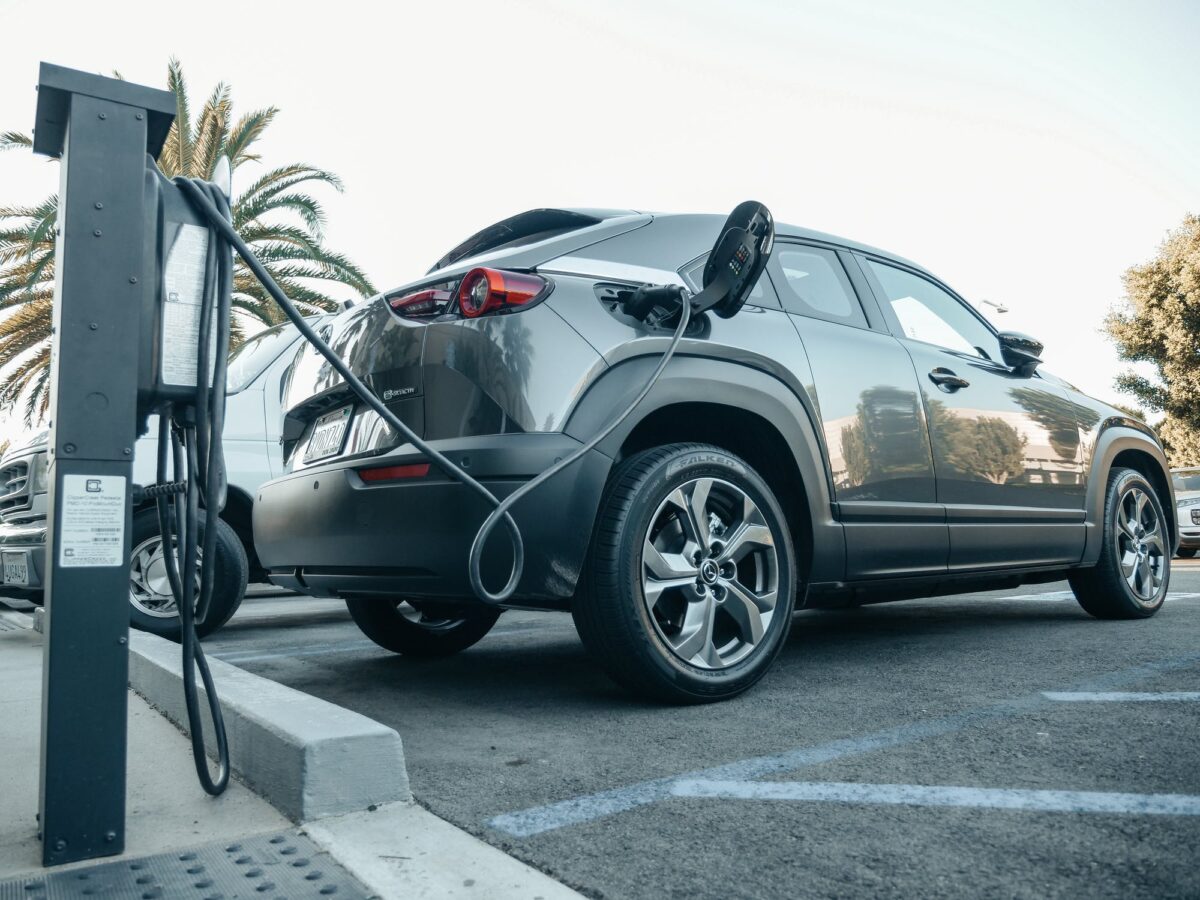Will continued global Covid measures extend electronic component shortages?
Continued global Covid measures will likely extend electronic component shortages, hindering manufacturers for several years.
The coronavirus pandemic has reshaped the global economy irreparably. Demand for electronic components has shifted, supply chains are broken, and new, more infectious variants threaten to bend normality further.
It looks like the world is running out of electronic components, but there’s more to shortages than meets the eye.
The coronavirus pandemic is the biggest reason behind component shortages. With this single statement, we can deduce that shortages will subside when the pandemic subsides, freeing up supply chains through fewer restrictions.
However, we know the coronavirus isn’t going anywhere, and its persistence and ability to evolve means we must learn to live with it.
Add raw material shortages, soaring prices, low investment in new manufacturing facilities, and geopolitical issues related to supply and demand. Now we have a recipe for several years of component shortages.
How covid reshaped supply chains
In May 2020, the first wave of the coronavirus pandemic hit most of the world. Countries locked down, and most sectors of the economy suffered.
Demand for some categories decreased, while demand for others increased. For instance, demand for vehicles evaporated while demand for home computers soared, creating an imbalance in the supply chain.
Estimates suggest that vehicle sales fell by 50% or more within a single month. In response, vehicle manufacturers scaled backorders for components.
At the same time, demand for electronics chips and parts soared as more people spent time working from home.
When demand ramped back up for vehicles, there weren’t enough components to serve them and electronics. This is a story shared by multiple industries, with supply chains broken by supply and demand imbalances.
The matter wasn’t helped by local and national lockdowns, circuit breakers, new variants, and mitigating problems like floods and climate change.
There is no easy solution or fast fix
The pandemic has also caused prices for common and rare earth metals to explode, increasing over 70% since the start of 2021 for some metals. These prices are made even worse by soaring inflation.
Trying to build supply chain resilience during the coronavirus pandemic is like trying to build a house of cards on a jittering floor. Just when you think you have it, something comes along that knocks it down, and you have to start over.
The simple fact is that the world needs more factories to make components, and it needs to get a grip on inflation. The Covid pandemic is not going away, although the virus appears to be getting milder, which is a good sign for the future.
You can bolster your supply chain by working with an electronic component’s distributor like us, increasing your inventory, and quickly moving to equivalent components when you experience shortages of active and passive components.
Although global Covid measures are likely to extend electronic component shortages, there is no reason why they should stop you from doing business.
Contact Lantek today with all of your electronic component inquiries. Our team will go above and beyond to help you get the components you need.


